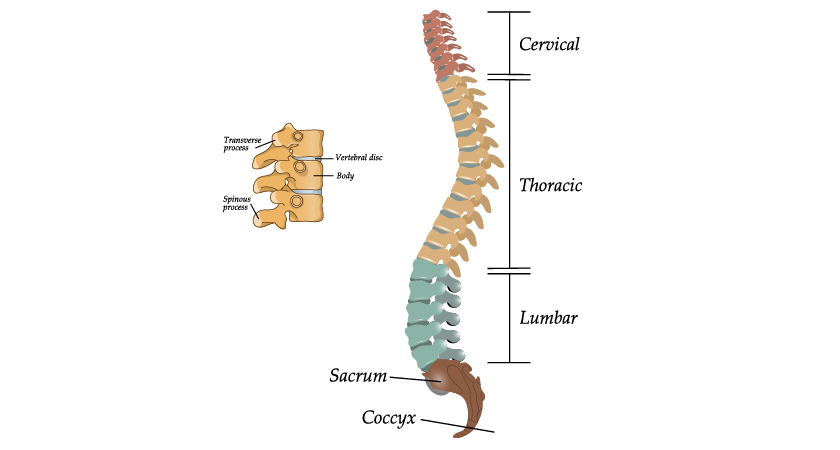
Reset Your Body for the Busy Back-to-School Season with Chiropractic Care
Feeling the back-to-school or holiday stress? A chiropractic wellness reset can help you feel aligned, energized, and ready for anything.

When you hear the phrase “spinal alignment,” you might picture perfect posture or a chiropractor adjusting someone’s back. But spinal alignment is more than just standing tall—it’s about how your spine, nervous system, and muscles all work together to keep your body functioning properly. Understanding the science behind spinal alignment can help explain why chiropractors place so much emphasis on spinal health.
Before we dive into alignment, let’s break down the basics of the spine.
Each section of the spine serves a specific role:
In short: what is the function of the vertebrae? Together, the vertebrae protect the spinal cord, provide structure, allow movement, and serve as a central hub for nerve communication.

If you’ve ever wondered, “What does curvature mean?” in relation to the spine, here’s the answer: the spine naturally has gentle curves that act like springs to absorb shock and maintain balance.
What is curvature of the spine called? Collectively, these curves are known as spinal curvatures, and they’re completely normal.
What is curvature of the spine? It’s the natural or abnormal bends of the spine. When curves are healthy, they help us move efficiently and maintain balance. But excessive or abnormal curvatures—like scoliosis (sideways curve), hyperkyphosis (excess thoracic curve), or hyperlordosis (excess lumbar curve)—can lead to pain, mobility issues, and nerve irritation.
Spinal alignment refers to how well the vertebrae are positioned relative to one another. Proper alignment means the curves are balanced, joints move freely, and nerves remain unhindered. Misalignment, on the other hand, can lead to restricted mobility, muscle compensation, and even interference in nervous system signaling.
Here’s why alignment is crucial:
If you’ve ever asked yourself, “What happens during a chiropractic adjustment?”, here’s the breakdown:
In simple terms, chiropractic adjustments help correct misalignments and restore healthy movement patterns – they unlock your locked joint, relieving pressure on nerve and allowing you to move freely and without pain.
Spinal alignment is about more than just bones—it’s about biomechanics and neurology working hand-in-hand:
This means poor alignment doesn’t just cause local pain—it can ripple through the entire body, affecting everything from muscle performance to digestion and even sleep quality.

Maintaining spinal health isn’t just about what happens at the chiropractor’s office—it’s also about everyday habits. Here are simple ways to protect alignment:
Key Takeaways
Your spine is more than a stack of bones—it’s the structural and neurological foundation of your body. By understanding the science behind spinal alignment, you can appreciate why chiropractors emphasize spinal health as a key to whole-body wellness. Proper alignment isn’t just about reducing back pain; it’s about allowing your body to move, communicate, and thrive at its best.
Subscribe and get news, articles & offers sent right to your inbox each month.
"*" indicates required fields
By subscribing you are agreeing to the Terms and Conditions and Privacy Policy.